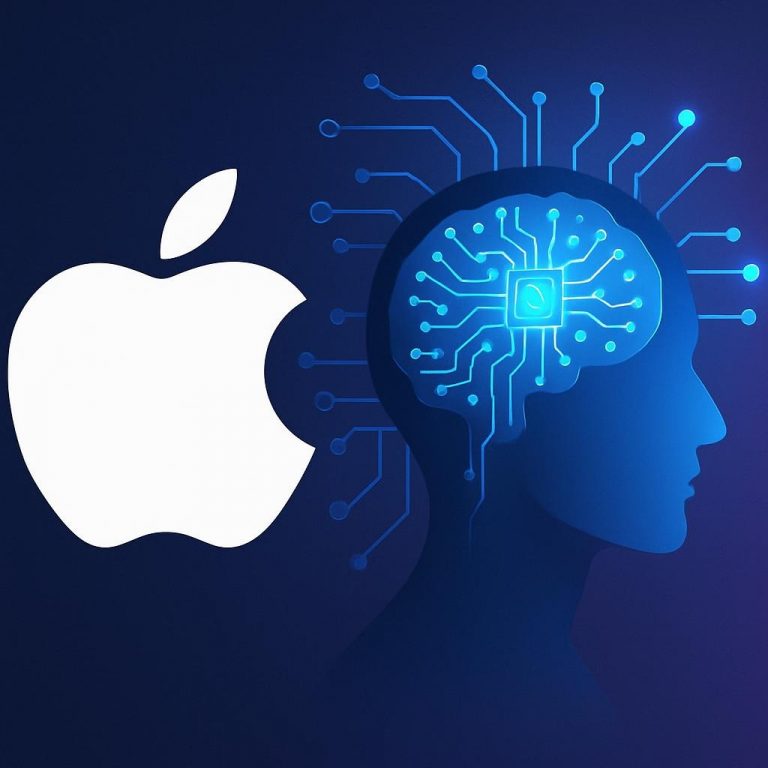
AI factories are specialized data centers optimized for training and deploying large-scale AI models. Unlike traditional cloud centers, they feature GPU-dense architectures, liquid cooling, and real-time data pipelines. Distributed across regions, they power generative AI, edge computing, and industrial automation—while raising urgent questions about energy use, e-waste, and ethical governance.
🔍 Concept & Definition
- AI factories differ from traditional data centers by focusing on the full AI lifecycle—from data ingestion to model training and inference.
Source: AI Business AI Business - Architecturally, AI factories use GPU clusters, high-bandwidth networking, and liquid cooling, unlike cloud centers built for general-purpose workloads.
Source: NVIDIA Blog NVIDIA Blog - AI factories serve as the backbone of digital infrastructure, transforming raw data into intelligence at scale.
Source: Illuminaire illuminaire.io - They are increasingly distributed, with regional hubs and antennas across Europe and partner countries.
Source: EU Digital Strategy Comisión Europea
⚙️ Technology & Infrastructure
- Essential hardware includes NVIDIA Blackwell GPUs, TPUs, high-speed interconnects, and CXL memory pooling.
Source: NVIDIA Design Guide NVIDIA Docs - AI factories manage energy via smart grid integration, flexible load balancing, and AI-optimized power scheduling.
Source: ScienceAlert ScienceAlert - Liquid cooling—direct-to-chip and immersion—is replacing air cooling to handle extreme thermal loads.
Source: Inside AI News insideainews.com - Real-time processing is enabled by edge computing, sensor integration, and decentralized AI pipelines.
Source: Corvalent corvalent.com - Innovations include co-packaged optics, Spectrum-X Ethernet, and Quantum InfiniBand for ultra-low latency.
Source: NVIDIA Developer Blog NVIDIA Developer
🌍 Sustainability & Environment
- Yes—AI factories can run on renewables, but require strategic grid planning and flexible consumption models.
Source: EXP EXP - Risks include water usage, rare mineral extraction, and increased carbon emissions.
Source: UNEP UNEP – UN Environment Programme - AI factories have a significantly higher carbon footprint due to GPU density and energy intensity.
Source: Carbon Brief Carbon Brief - Strategies include modular hardware reuse, AI-driven recycling, and circular design principles.
Source: MIT Technology Review MIT Technology Review
🧠 AI Capabilities & Applications
- They train LLMs, vision-language models, reinforcement learning agents, and multimodal generative systems.
Source: Roboflow Roboflow Blog - AI factories support edge AI by deploying lightweight models and federated learning across smart devices.
Source: Forbes Forbes - Industries include healthcare, finance, manufacturing, logistics, and retail.
Source: iSixSigma iSixSigma - They accelerate generative AI by enabling trillion-parameter model training and inference at scale.
Source: Koerber Körber AG
🛡️ Security & Ethics
- Zero-trust architectures, AI identity management, and secure model deployment are essential.
Source: NetApp NetApp - Compliance is ensured via localized data processing, EU AI Act alignment, and privacy-by-design frameworks.
Source: AIQLabs aiqlabs.ai - Concerns include surveillance, bias amplification, and concentration of power in few tech entities.
Source: ISO ISO – International Organization for Standardization
📈 Economics & Global Impact
- AI factories create jobs, attract investment, and revitalize local economies—especially in underserved regions.
Source: World Bank World Bank Blogs - Governments regulate growth via AI Acts, sovereign compute mandates, and infrastructure blueprints.
Source: EU Parliament europarl.europa.eu - Leading countries include the U.S., China, UK, Germany, Canada, and the EU bloc.
Source: Stanford HAI Stanford HAI - AI factories are central to global competition, enabling sovereign AI and industrial leadership.
Source: Success Quarterly successquarterly.com
🚀 Future Outlook
- Yes—AI factories are projected to rival cloud data centers in ubiquity by 2030, driven by generative AI demand.
Source: Bain & Company Bain & Company
🎥 Documentary Recommendations
Here’s a curated list of documentaries that explore AI infrastructure, ethics, and global impact:
| Title | Focus | Link |
|---|---|---|
| iHuman | Ethics, surveillance, power | Watch on Amazon |
| Coded Bias | AI bias and regulation | Watch on Netflix |
| The Great Hack | Data privacy and AI | Watch on Netflix |
| Artificial Intelligence: The Future Is Now | AI infrastructure and applications | Watch on CuriosityStream |
| The Age of Big Data | AI in industry and society | Watch on PBS |
Keywords: AI factory, data center, generative AI, edge computing, liquid cooling, renewable energy, cybersecurity, EU AI Act, global AI race, NVIDIA Blackwell, zero-trust architecture, e-waste, carbon footprint, sovereign AI, Industry 4.0, decentralized AI, ethics in AI, AI regulation, AI infrastructure.





